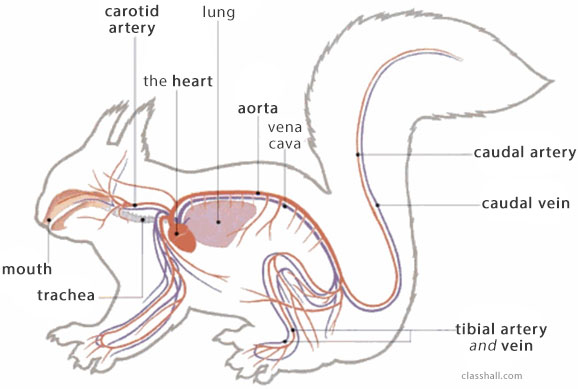

Biology and Geology by Sergio Rincón Hernández is licensed under a Creative Commons Reconocimiento-NoComercial-CompartirIgual 4.0 Internacional License.
2022/04/27
INTRODUCTION

FERTILIZATION. EMBRYONIC AND POST-EMBRYONIC DEVELOPMENT
Fertilization is the fusion of gametes: and ovum and a sperm. When the nuclei of the ovum and sperm combine, they form a zygote.
REPRODUCTION
REPRODUCTION
Reproduction is the biological process which produces new individual organisms.It guarantees that the species will continue to exist.Living things,progenitors ,are able to multiply and generate new living things called young or descendants.
THE MUSCULOSKELETAL SYSTEM
2022/04/22
3.THE CIRCULATORY SYSTEM
- Animals transport the gases and nutients in the circulatory system .This system comsist of several element :
- Circulatory liquid. It transport oxygen and nutriends to the cells and to the body ,and carried carbon dioxide and other waste products .In vertebrates , this liquid is called blood and is red .In the molluscs and arthropods this liquid is a colourless fluid called hemolymph.
- blood vessels :these tube carried blood
- Arteries carry blood away from the heart
- Veins carry blood back to the heart
- capillares are tiny blood vessel than exchange subtances
- heart is a organ and poomp bloodare
- 2 tipes of circulatory systems
- open is tipical of mollusc and arthropods
- close thy type is tipical of aracnids
2022/04/21
7.THE NERVOUS SYSTEM
SYSTEMS OF COORDINATION
Animals have two systems for coordinanting and regulating their life functions:the two work closely together.
Nervous system.Consists of specialized cells called neurons.Neurons transmit information as nerve impulses.The impulses travel along the branches of the neuron which form cords called nerves.
THE FUNCTION OF INTERACTION: RECEPTORS
Interaction is the life function which enables living things to capture information called stimuli. The stimuli lead to a response in the living thing. Produce a response, several different structures are necessary.
2022/04/10
THE EXCRETORY SYSTEM
In animals, the metabolism of nutrients produces a series of waste substances. Can be toxic if levels become high. The main waste products are carbon dioxide, ammonia, urea, uric acid, mineral salts and water. Other substances are eliminated by the excretory system.
THE CIRCULATORY SYSTEM
In animals, transport of gases and nutrients is carried out by the circulatory system. Consists of several elements:
TYPES OF RESPIRATORY SYSTEMS
NUTRITION AND DIGESTIVE PROCESS
Animals are classified as heterotrophs. They cannot make their own food. They need to feed on other organisms.
Heterotrophic nutrition, organic substances are obtained from the plants and animals. Converted into matter and energy.
-
Animals take oxygen from their enviroment and transport it to the cells.The entire process is called cellular respiration, carbon dioxide is...

